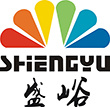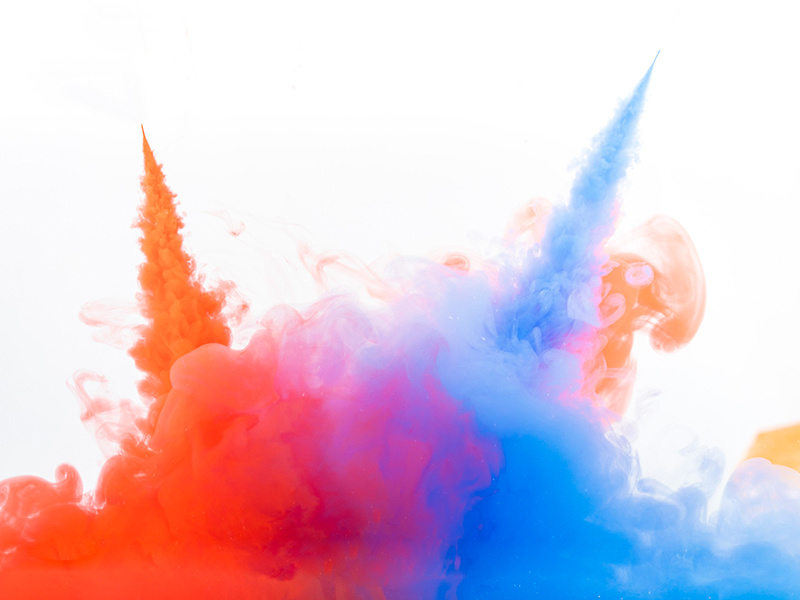News center
02
2022
-
06
What are the raw materials of dye intermediates?
Author:
The raw material of the dye for dyeing cloth is a kind of dye for textile dyeing. Most of them are plant extracts such as plant fruits and tree sap, and also contain natural chemical extracts such as coal tar. Divided into natural dyes and synthetic dyes, most of which are synthetic dyes on the market.
Textile dyes have good colorability, are not easy to fade, and are not easy to fade when washed. After the textile is colored, the hand feel does not change much, and it will not become hard. However, the color is less bright and saturated than acrylic.
1. Acid dyes are mostly suitable for protein fibers, nylon fibers and silk. It is characterized by bright color, but poor washing fastness and excellent dry cleaning fastness, and is widely used in natural dead dyeing.
2. Cationic dyes (basic dyes), suitable for acrylic, polyester, nylon and cellulose and protein fibers. It is characterized by bright color and is very suitable for man-made fibers, but it has poor color fastness to washing and light fastness for natural cellulose and protein fabrics.
3. Direct dyes, suitable for cellulose fiber fabrics, have poor washing fastness and different light fastnesses, but the modified direct dyes have good washing fastness.
The principle of direct dyes:
1. The direct dyes have water-soluble groups such as sulfonic acid groups or causative groups. The molecular structure is arranged in a straight line, and the aromatic ring structure is in the same plane;
2. Direct dyes have a greater affinity for cellulose fibers, and can be dyed directly in a neutral medium as long as the dye is dissolved in dry water.
3. The dye is adsorbed to the surface by the fiber in the solution, and then continuously diffuses to the amorphous region of the fiber, forming a combination of hydrogen bonds and van der Waals forces with the fiber macromolecules.






